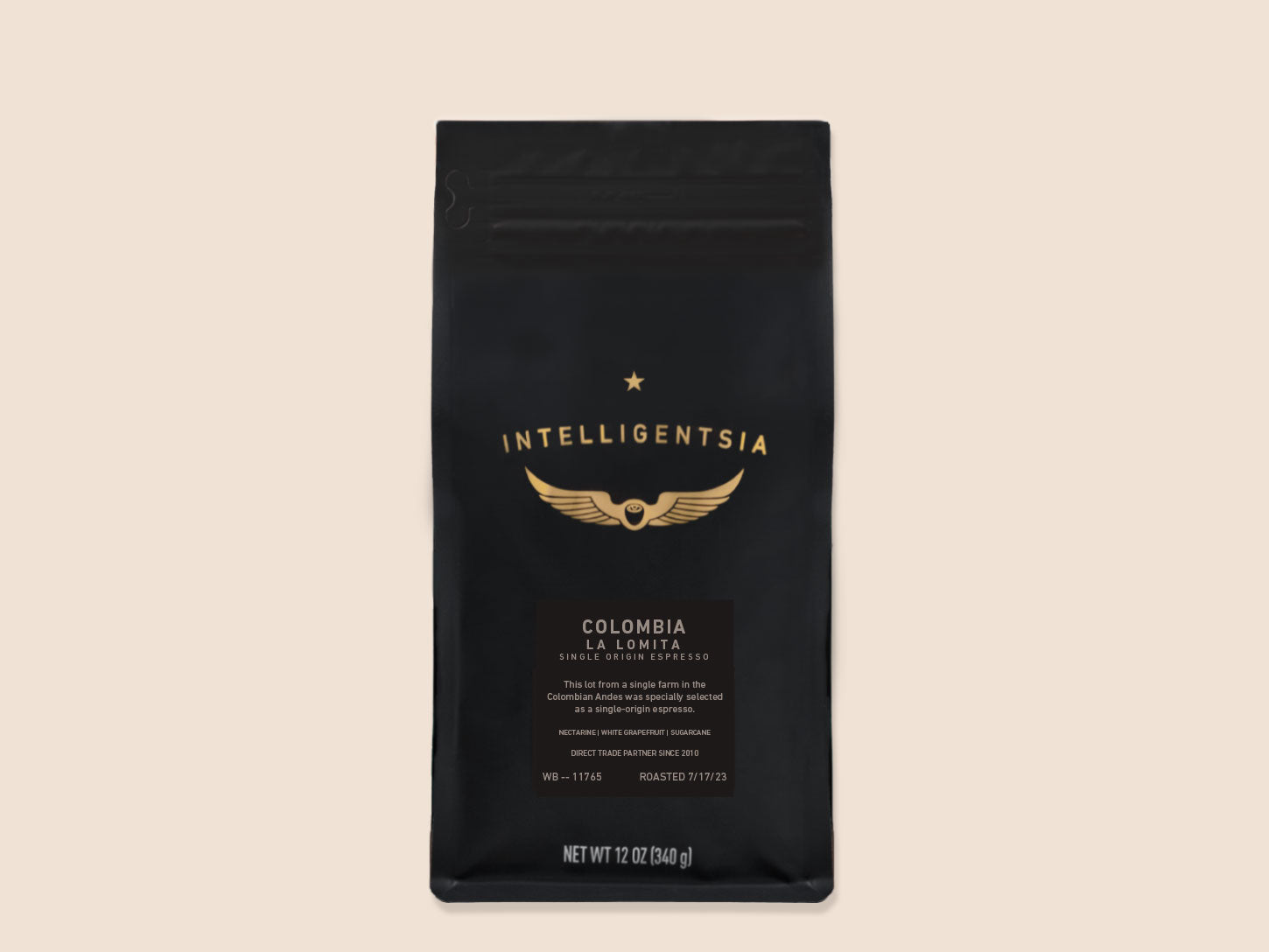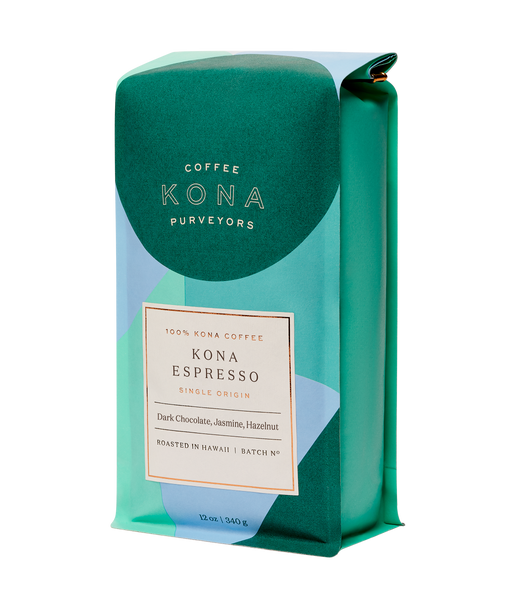Recognizing Coffee Beans: the Journey From Coffee to Blended Coffee Beans

The Beginnings of Coffee: A Global Point Of View
While you could believe of coffee as a contemporary staple, its beginnings map back centuries, intertwining with societies throughout the globe. The story starts in Ethiopia, where tale says a goat herder named Kaldi uncovered the energizing effects of coffee beans after seeing his goats frolicking energetically after consuming them.
As trade routes broadened, coffee made its means to Europe in the 17th century, quickly acquiring appeal. Each society included its one-of-a-kind twist to coffee prep work, enhancing its background.
Farming and Harvesting of Espresso Beans
As coffee's journey developed, the focus changed to the growing and harvesting of certain bean selections, particularly those used for coffee. You'll find that espresso beans usually come from Arabica or Robusta plants, each offering distinct tastes. The ideal growing conditions consist of high altitudes and rich, well-drained soil, which enhance the beans' top quality.
Throughout the harvest, selecting techniques vary. Timing is essential; you want to harvest when the cherries reach peak ripeness for optimum flavor.
Once gathered, the beans are prepared for handling, which is vital in determining their last taste. Comprehending the growing and harvesting processes gives you understanding right into what goes right into your favored espresso, improving your appreciation for each mug.
Processing Approaches: From Cherry to Bean
Since you've found out about collecting espresso beans, let's check out how those cherries transform into the coffee beans you enjoy. You'll see how different harvesting strategies effect flavor, followed by the vital actions of fermentation and drying out. We'll damage down the milling and grading procedure that identifies your coffee's high quality.
Harvesting Strategies Described
When it comes to coffee, recognizing harvesting methods is important, given that they directly influence the taste and top quality of the beans you appreciate. Careful choosing entails hand-picking only ripe cherries, guaranteeing you obtain the ideal high quality beans. Eventually, the option of collecting method can considerably influence your coffee experience, so it's worth knowing just how those beans made it to your mug.
Fermentation and Drying Out
After harvesting, the next action in processing coffee beans play a substantial duty fit their flavor. You'll discover that fermentation is essential, as it helps break down the mucilage surrounding the beans, enhancing their taste profile. Depending upon the method, this process can last from a couple of hours to numerous days, with differing outcomes based on temperature and moisture.
As soon as fermentation is total, drying out follows, which is just as vital. You can pick from sun-drying or mechanical drying out methods. Sun-drying permits the beans to absorb tastes from the atmosphere, while mechanical drying warranties constant wetness degrees despite weather. Appropriate drying is necessary to protect against mold and preserve the beans' top quality, inevitably affecting your cup of coffee.
Milling and Grading Process
As fermentation and drying out established the stage for flavor growth, the milling and grading procedure assurances that just the ideal coffee beans make it to your cup. This stage entails removing the external layers of the coffee cherry, including the parchment and husk. High-quality beans receive a higher grade, resulting in a richer coffee experience.
Toasting Methods: Opening Taste Possible
When you roast coffee beans, the technique you choose can drastically influence the taste profile. Recognizing the connection between time, temperature level, and toasting strategies is crucial to disclosing the capacity of your mixture. Let's discover just how these elements collaborated to produce the perfect mug.
Roasting Techniques Explained
While you could think that all coffee roasting methods generate the very same outcomes, the reality is that each method reveals one-of-a-kind flavor capacities in the beans. You can choose in between approaches like drum roasting, air roasting, or also typical frying pan roasting. Drum toasting makes use of a rotating drum to evenly distribute warmth, enhancing caramelization and generating a balanced taste. Air roasting, on the other hand, circulates warm air around the beans, promoting a lighter roast with pronounced level of acidity. Frying pan toasting enables hands-on control but calls for continuous attention to stay clear of burning. Each approach has its nuances, so explore different methods can help you find the best roast that aligns with your taste choices. Appreciate the trip of discovering your optimal cup!

Effect On Taste Profile
Different roasting approaches not only influence the procedure but also greatly impact the flavor account of the coffee beans. Dark roasts, on the other hand, bring out strong, great smoky flavors, sometimes concealing the bean's distinct features. Comprehending these nuances assists you value the artistry behind your cup of coffee, improving your total experience with every sip.
Time and Temperature Level Aspects
To release the complete flavor potential of coffee beans, both time and temperature level during the roasting procedure play substantial duties. When roasting, you'll find that higher temperature levels can swiftly develop flavors, however if you rush it, you could wind up with charred notes. On the other hand, lower temperature levels enable a more progressive taste development, showcasing the beans' special attributes.

Timing is equally as vital; prolonging the roast as well long can lead to a loss of acidity and brightness, while as well short a roast could leave the beans underdeveloped. Discovering that sweet place requires practice and testing. By adjusting these aspects, you can reveal the abundant, intricate flavors concealed within each bean, creating a truly exceptional coffee experience.
The Art of Mixing: Crafting Distinct Coffee Accounts

Start by choosing a base this coffee that offers a solid structure. After that, pick complementary beans to improve details flavor notes. An intense Ethiopian bean can bring fruitiness, while a rich Brazilian coffee includes body. Experimentation is vital-- do not hesitate to adjust proportions till you locate your suitable account.
As you mix, bear in mind that each mix narrates. You're not simply making coffee; you're creating an experience. So, take your time, taste regularly, and delight in the trip of finding your signature mix.
Developing Approaches: Just How Prep Work Impacts Taste
Blending coffee opens a domain name of flavor possibilities, however how you brew that mix can significantly affect your final mug. Various developing approaches remove special flavors and aromas, so it's essential to select carefully. For instance, a French press enables debris and oils to remain, creating an abundant, full-bodied experience. On my review here the other hand, a pour-over highlights the coffee's quality and brightness, perfect for showcasing delicate notes.
Espresso, with its high stress, produces a focused shot that emphasizes sweetness and crema. If you like a lighter brew, take into consideration a cold mixture technique; it produces a smooth, much less acidic preference.
Eventually, experimentation is vital. Readjusting variables like water temperature, grind dimension, and brew time can change your coffee's profile. So, accept the art of developing to find the flavors concealed in your coffee blends. The right approach can boost your experience to new heights.
The Future of Coffee: Sustainability and Advancement
As the coffee industry develops, sustainability and development are becoming vital for attending to environmental obstacles and conference customer demands. You'll observe that more coffee business are taking on environment-friendly methods, from sourcing beans morally to carrying out sustainable farming techniques. These changes not just assist the planet however likewise improve the quality of the coffee you take pleasure in.
You might see developments like naturally degradable product packaging and water-saving developing methods that minimize waste. Advanced modern technology, such as blockchain, is also becoming popular, guaranteeing transparency visit this website in the supply chain, which permits you to trace your coffee back to its beginnings.
In addition, purchasing local communities and supporting farmers with reasonable profession efforts promotes a much more sustainable coffee ecological community. As you drink your next mug, keep in mind that your choices can contribute to a brighter future for coffee. By going with sustainable brands, you're not simply enjoying a beverage; you're making a positive impact on the globe.
Regularly Asked Questions
What Is the Difference Between Arabica and Robusta Beans?
Arabica beans are smoother, sweeter, and have a greater level of acidity, while robusta beans are more powerful, much more bitter, and have more caffeine. When brewing your coffee., you'll notice these differences in taste and scent.
Just How Does Elevation Affect Coffee Bean Flavor?
Elevation effects coffee bean taste significantly. Higher elevations produce beans with brighter acidity and complex tastes, while lower elevations typically produce beans that are heavier and less nuanced. You'll see these differences in your cup!
What Are the Wellness Perks of Drinking Coffee?
Consuming alcohol coffee can increase your energy, enhance psychological emphasis, and also boost physical efficiency. It's rich in antioxidants, might reduce the threat of certain conditions, and can promote a healthier metabolism when consumed in moderation.
Can Coffee Beans Be Recycled for Developing?
Yes, you can recycle coffee beans for developing, however the taste may be weak. If you delight in trying out, try recycling them in different means, like cool brews or including in smoothie mixes for an additional kick.
Just how Should I Shop Coffee Beans for Quality?
To keep your coffee beans fresh, keep them in a closed container in an amazing, dark location. Stay clear of subjecting them to warmth, light, or moisture, as these variables can quickly weaken their flavor and scent.
Recognizing Coffee Beans: the Trip From Espresso to Blended Coffee Beans.
Currently that you have actually found out about collecting coffee beans, let's explore how those cherries transform right into the coffee beans you like.When you roast coffee beans, the technique you pick can considerably impact the flavor account - Single Origin Espresso.While you may assume that all coffee toasting techniques produce the exact same outcomes, the fact is that each strategy discloses unique flavor potentials in the beans.Various toasting methods not only influence the process but additionally considerably influence the taste account of the coffee beans